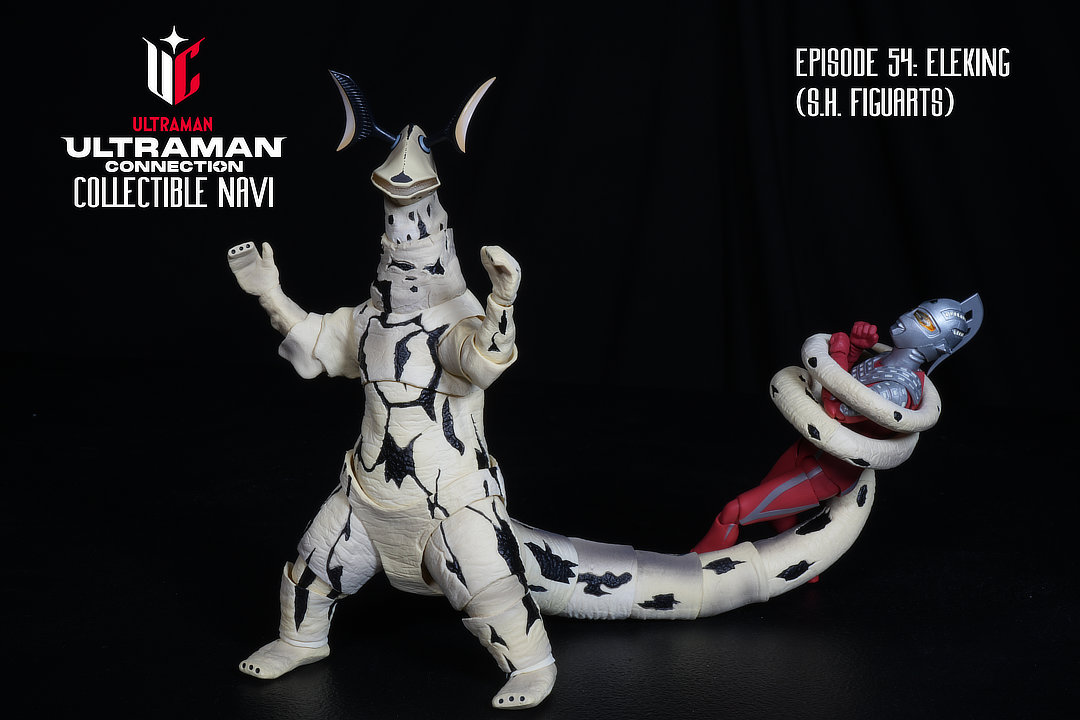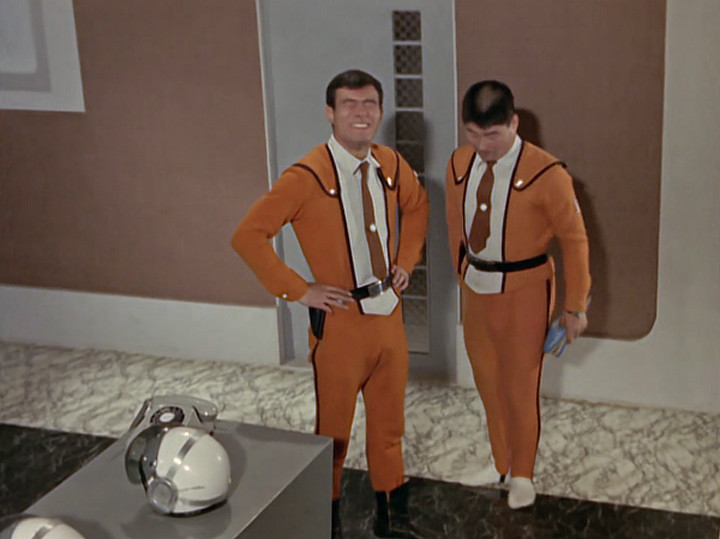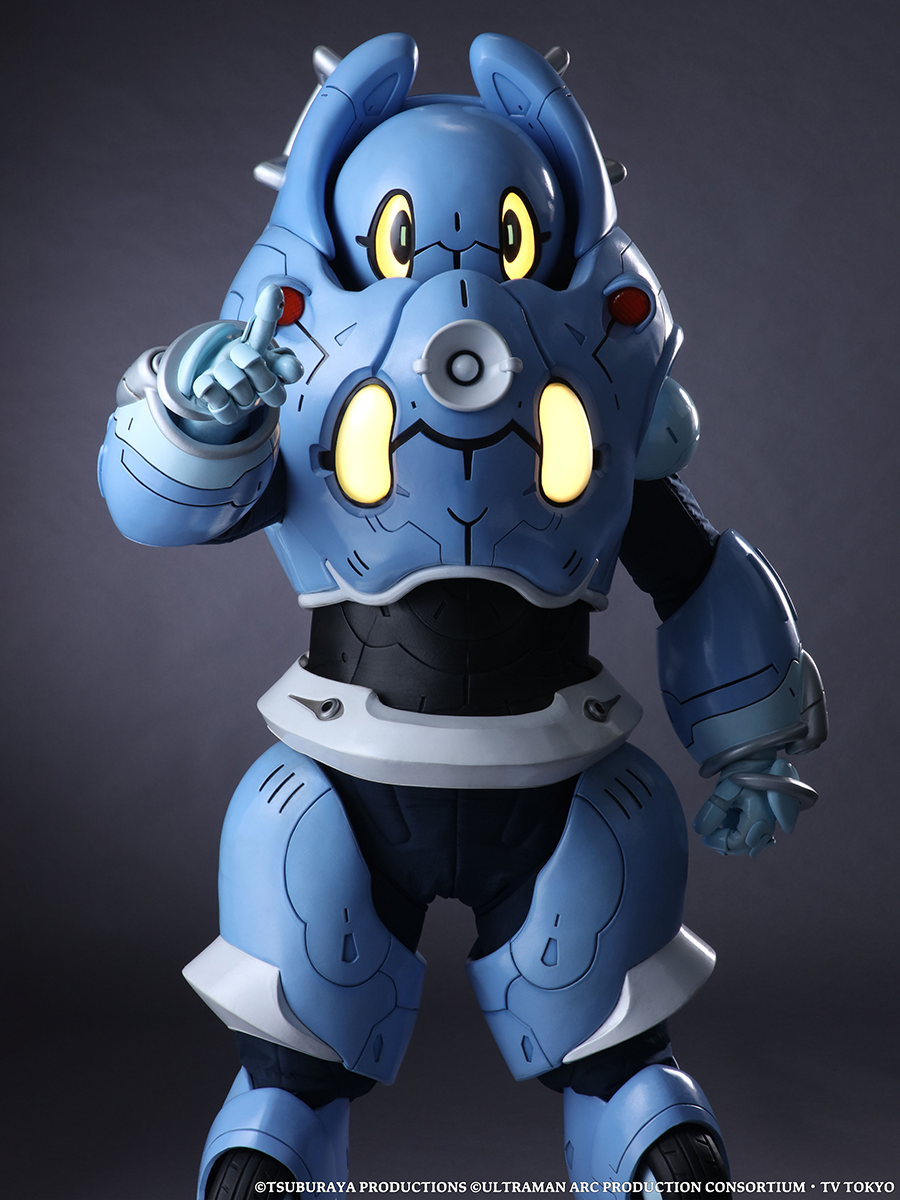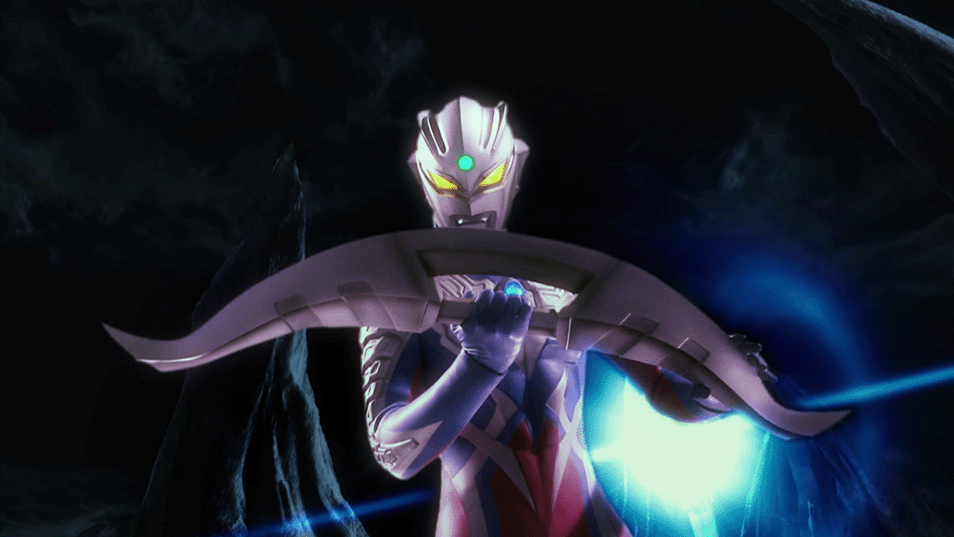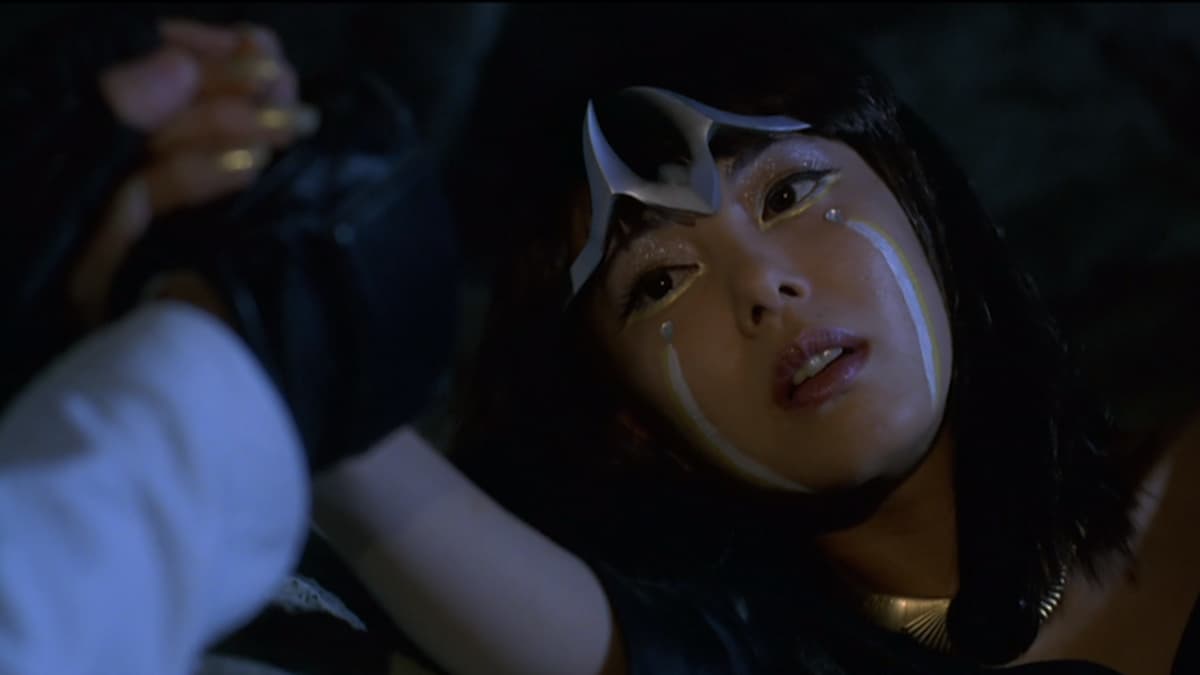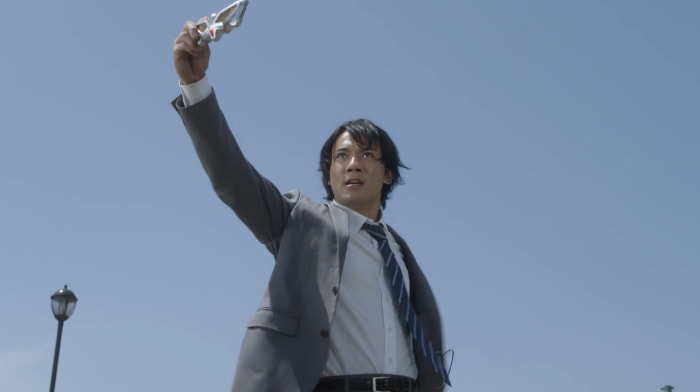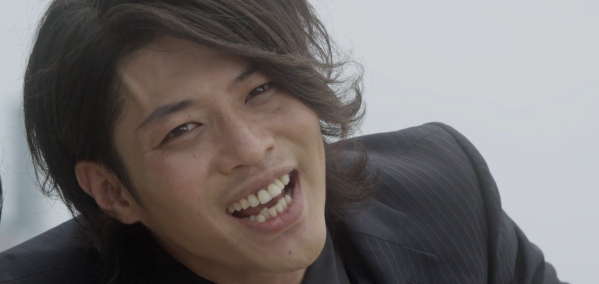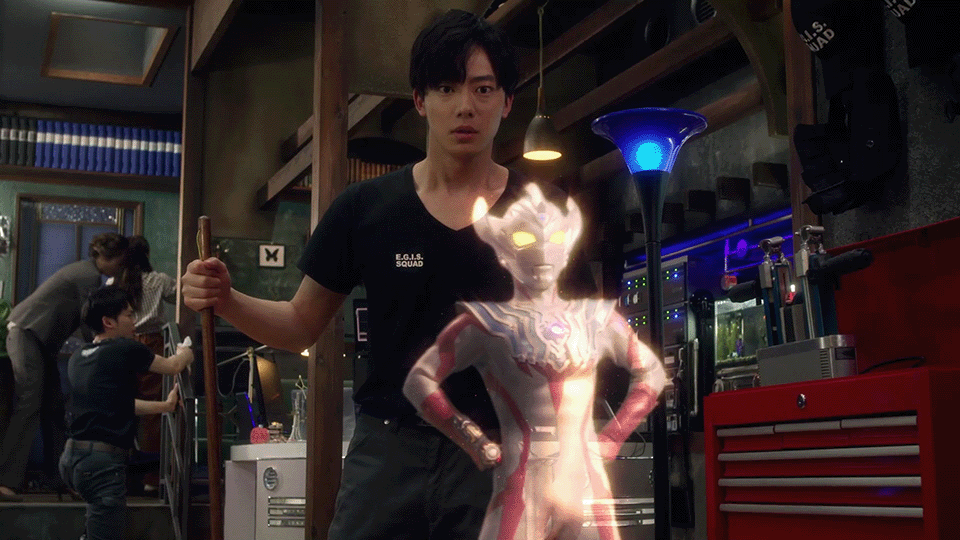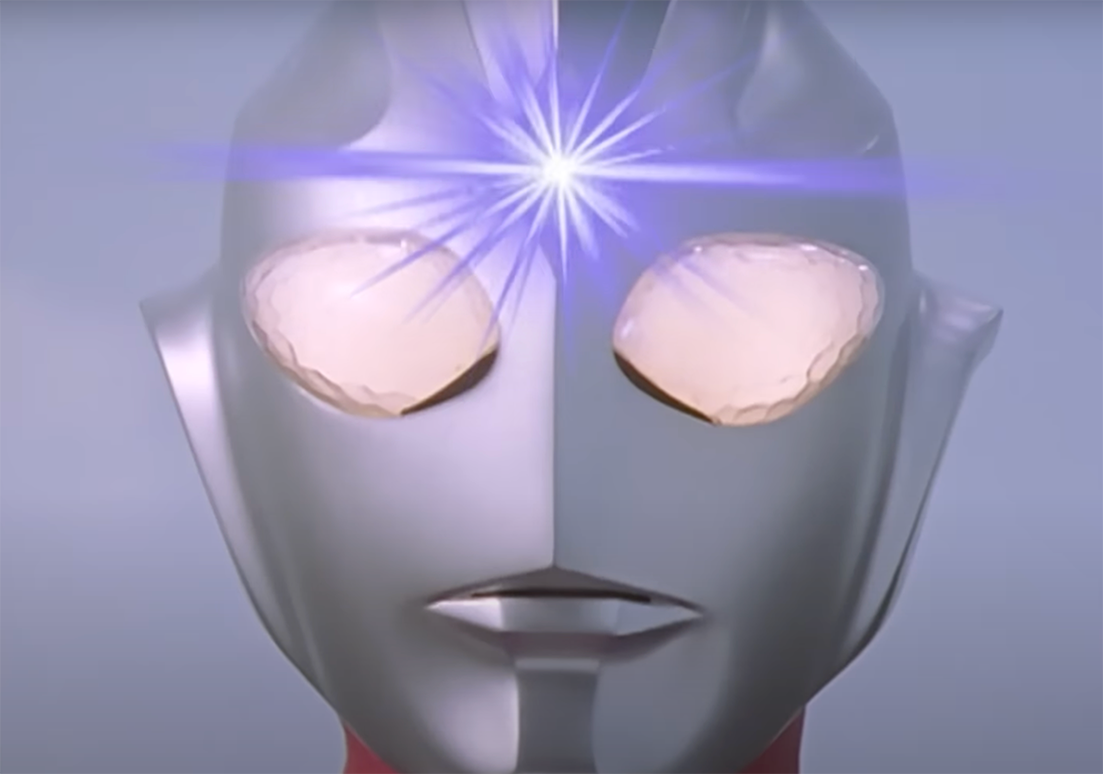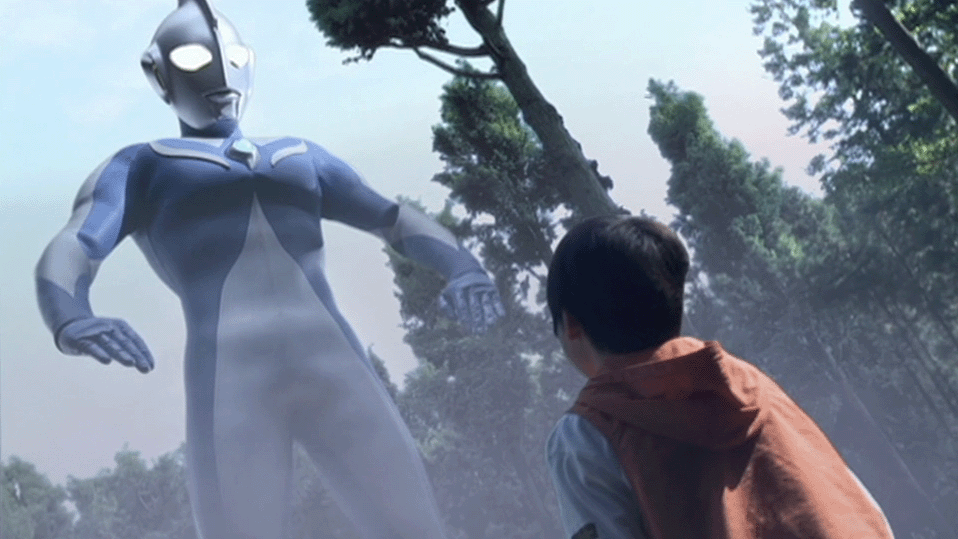Is being undefeatable a quintessential trait of a hero? This is the question begged in Ultraman episodes 26 and 27, “The Prince Of Monsters, Parts 1 and 2,” when Earth’s greatest defender is put in a more dire position than ever before.
The year is 1967, and an imaginative young boy named Osamu is being ridiculed for his Kaiju obsession. Everyone around him claims that monsters aren’t real, and that he should get a new hobby (as if monsters not being real ever stopped any of us) but he refuses and continues to see the potential for fantastical things all around him.

It’s not long before the bullies and disapproving adults are put in their place, as an expedition to the Johnson Islands reveals Gomora — known by the SSSP at the time by its “scientific” name, “Gomorasaurus” — roaming the islands as their undisputed ruler.

The SSSP help the expedition’s leader, Professor Nakaya, to anesthetize and airlift Gomora to the mainland, but the scientific benefits of studying the Kaiju are worthless in the face of this gargantuan threat. The kaiju brute-forces his way to freedom, left to terrorize Japan.
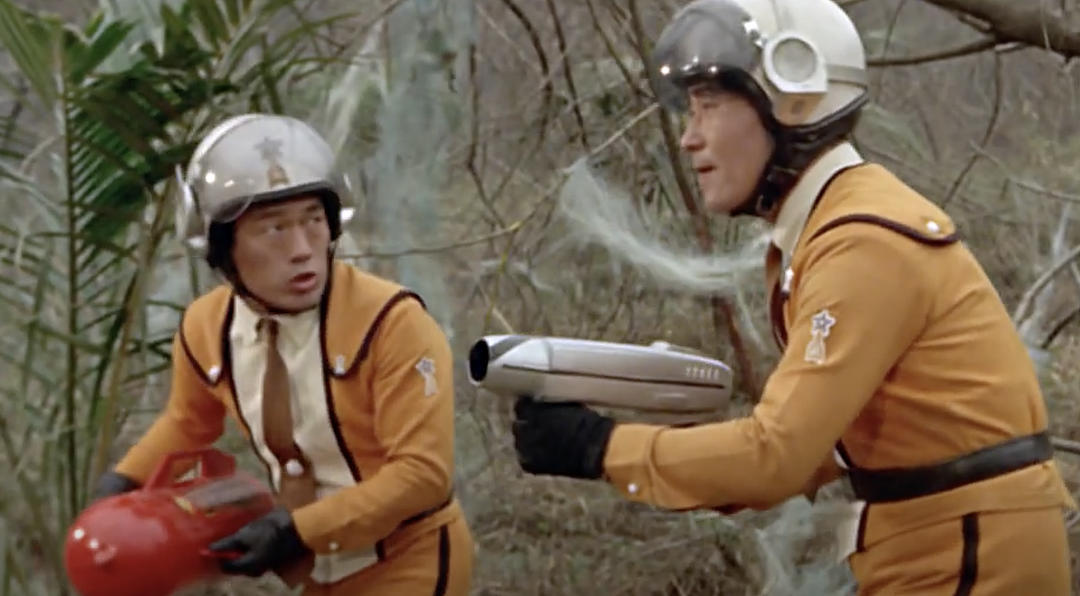
The SSSP try to put down the lost beast for a long time before help arrives. In fact, it isn’t until Osamu and his friend are wearing Ultraman and Kaiju masks, pretend-battling in the lot near Gomora’s path of destruction, that Ultraman arrives at the scene.
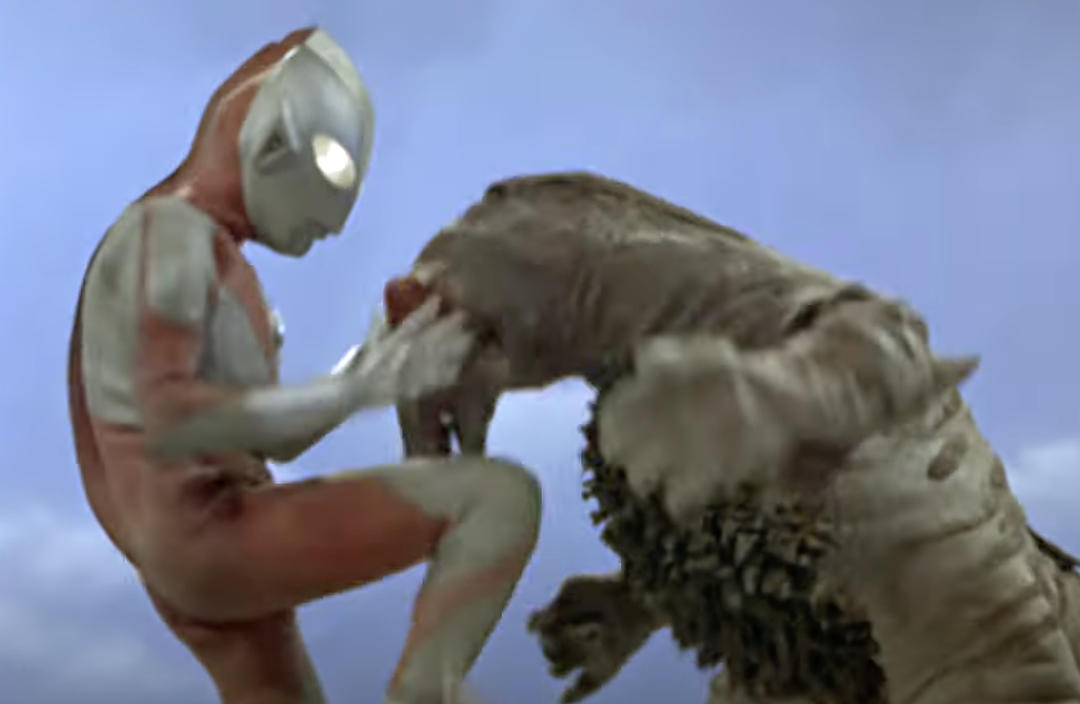
Ultraman enters swinging, but Gomora is fast and agile, and matches him move for move. The fight is tense, high energy, and full of dynamic melee combat. The losses slowly build, and it becomes clearer and clearer that our hero might be more fallible than we ever imagined. Ultraman unable to get his bearings? That doesn’t even sound right.
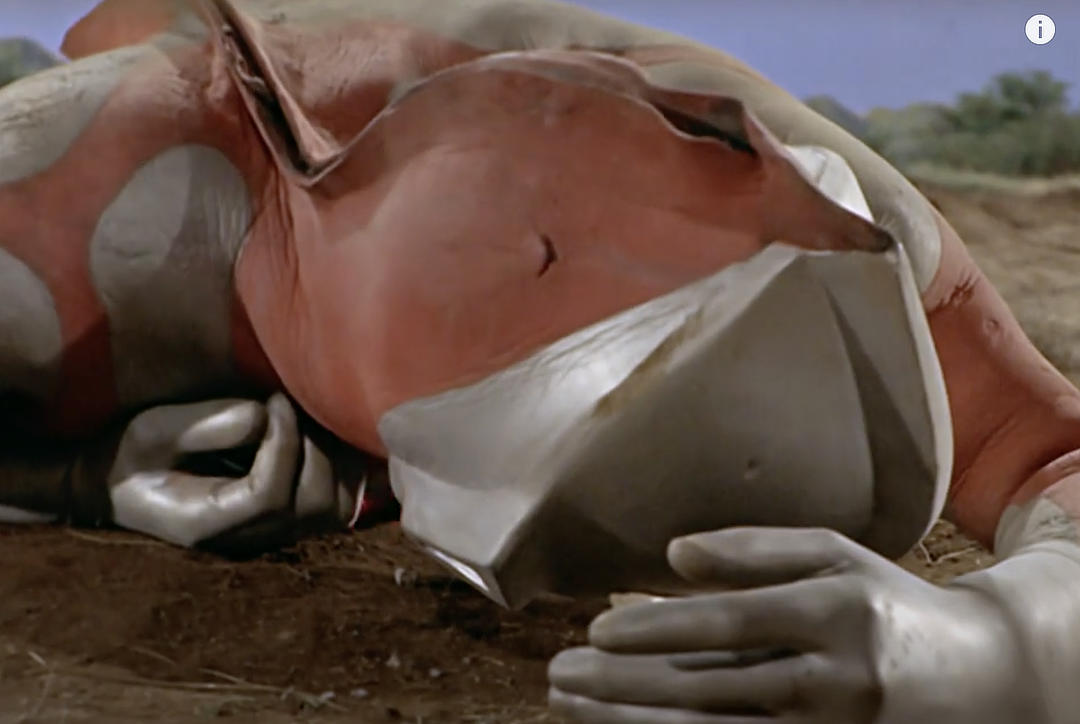
It was painful watching Ultraman get the literal light beaten out of him by Gomora’s unforgiving tail. It was even more painful watching his color timer, not only blink red, but sound an alarm that practically doubled as an incessant scream begging for life. And of course, the most painful part… When Ultraman was forced to flee the scene.
Gomora left Ultraman, weak and barely holding on, his Beta Capsule lost in battle rendering him unable to transform after changing back to human form. Ultraman had no choice but to leave the Earth to their own devices.
The SSSP is demoralized after Ultraman’s loss, and Gomora is the strongest Kaiju they’ve seen yet. They are perseverant, though, and hold Gomora off, all hands on deck to fight back.
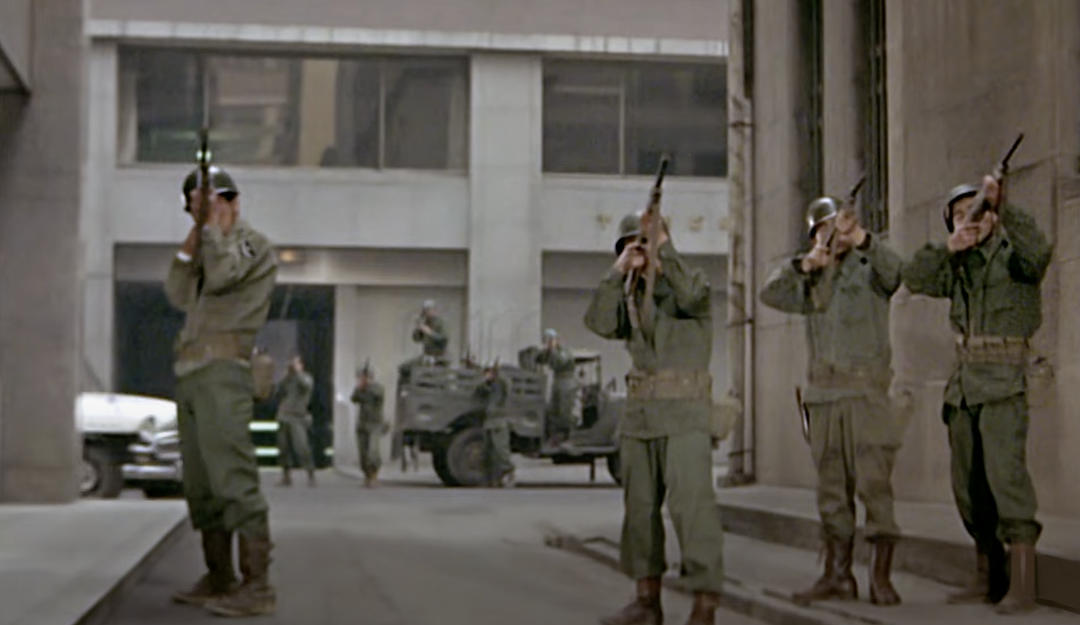
It is Osamu, however, that holds the true answer. Against all the warnings and dismissal of the adults around him, Osamu leads with his love of Ultraman and his faith in the greater good. He overrides every adult’s veto and charges right into Gomora’s chaos field. He gives Hayata the Beta Capsule, and Ultraman returns.
Was he beckoned by the Beta Capsule? Yes. Was he also beckoned by the purity of Osamu’s heart? Also yes. Osamu is a representation of the youth being of service to the ancient. He is the personification of potential, faith, perseverance, and hope, all of the traits Ultraman so deeply values in humanity.
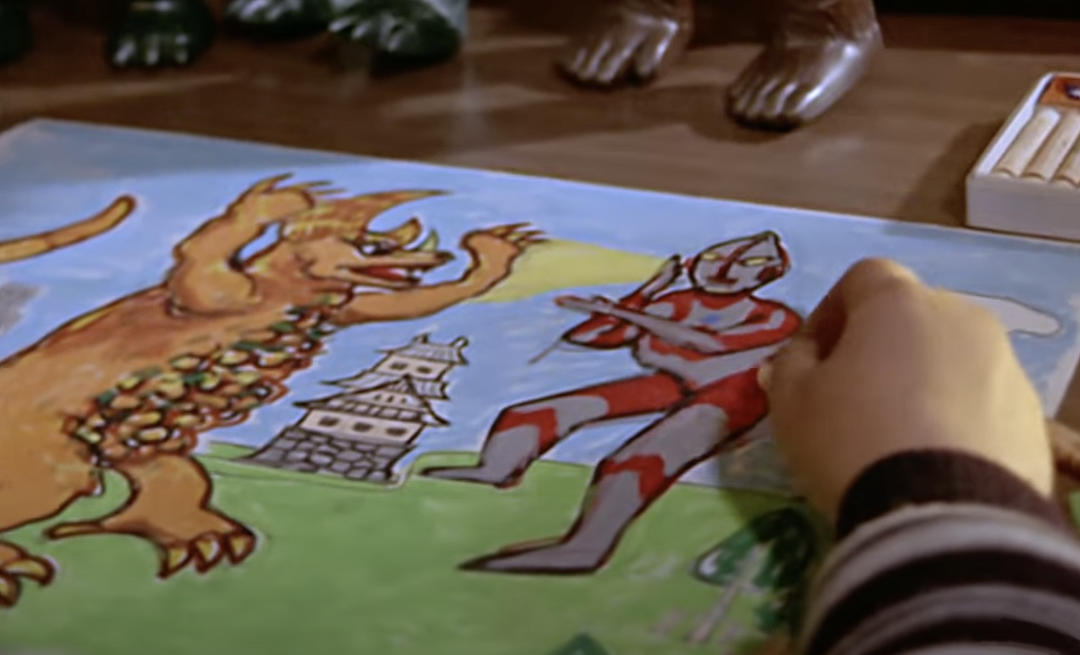
Ultraman was resurrected out of love, because love is his foundation. He is fueled by his passion to protect Earth. He is just as strong as the indomitable human spirit.
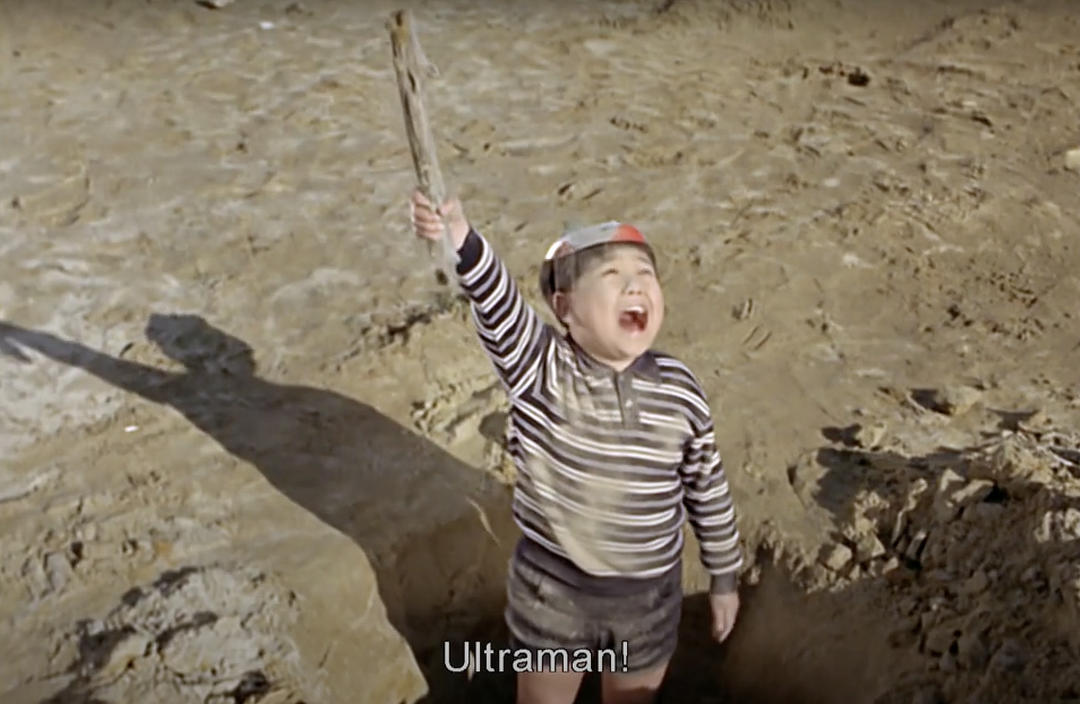
In a final bout of strength, Ultraman whips Gomora into shape and blasts him to his demise. Faith is restored — and even strengthened — by Ultraman’s refusal to back down and ability to handle adversity, even when adversity handles him first.
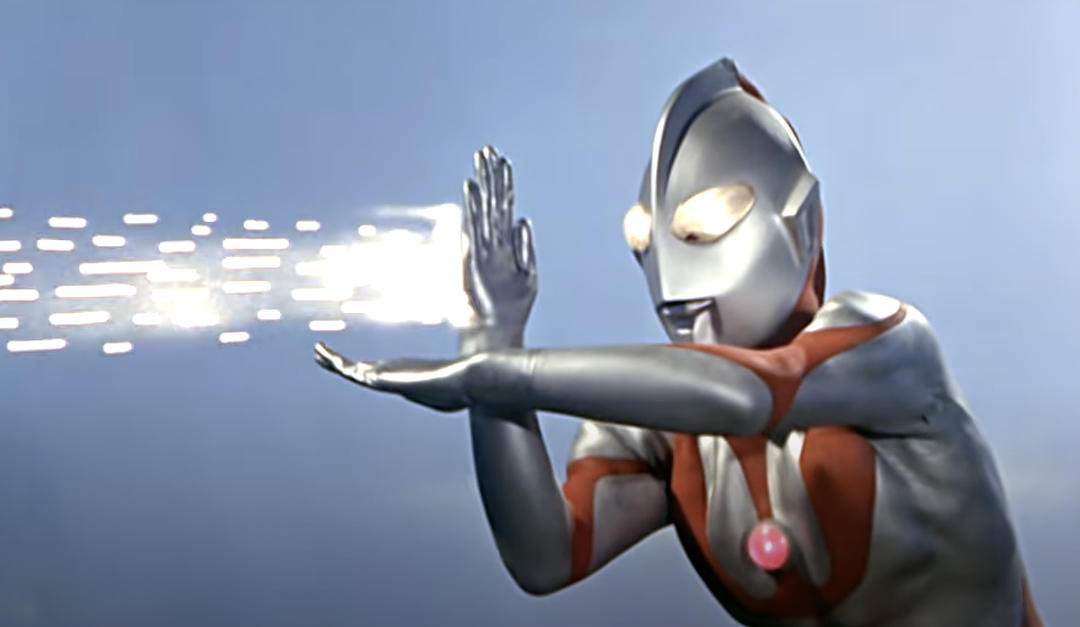
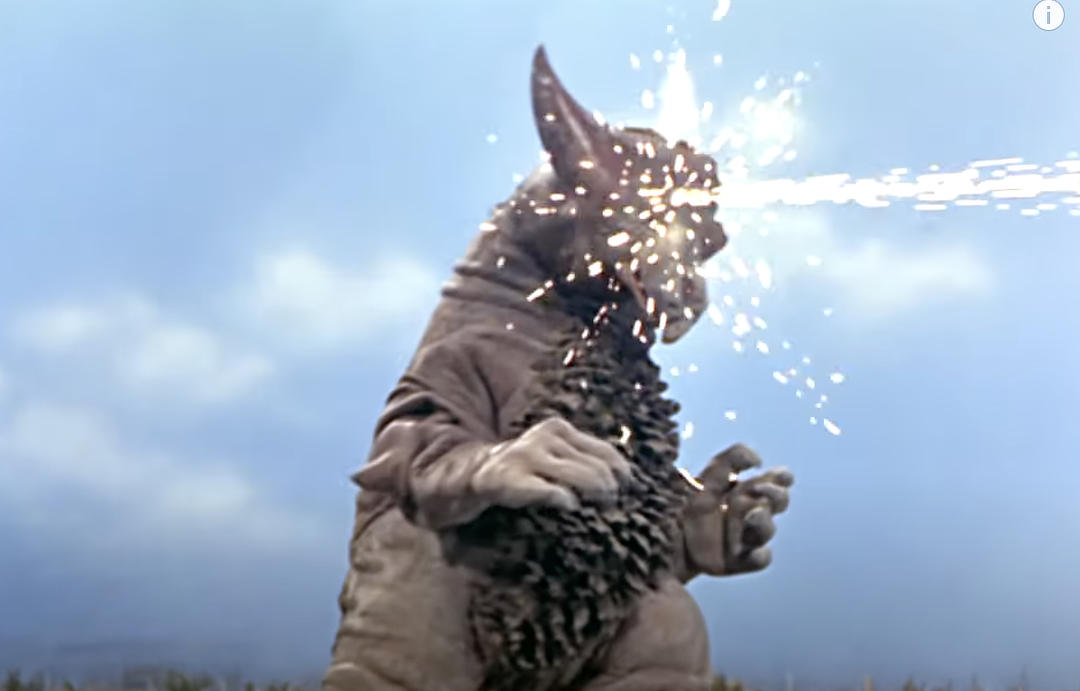
Being undefeatable is not necessary to heroism, but being inextinguishable is. A dedicated heart, a logical mind, and a connection to the collective are the true pillars of heroism. It is true, the hero must win in the end, but he does not have to win on his own.

